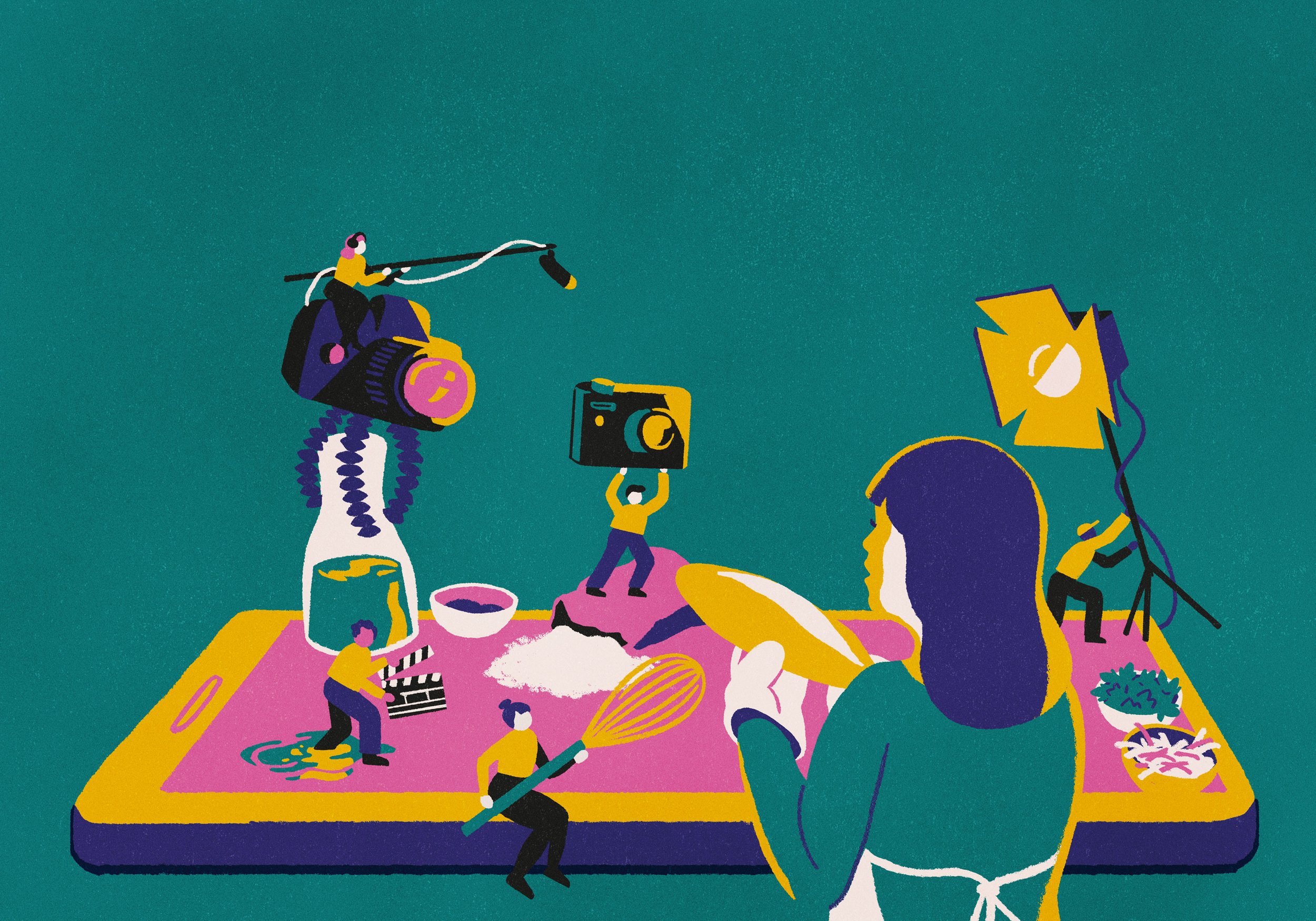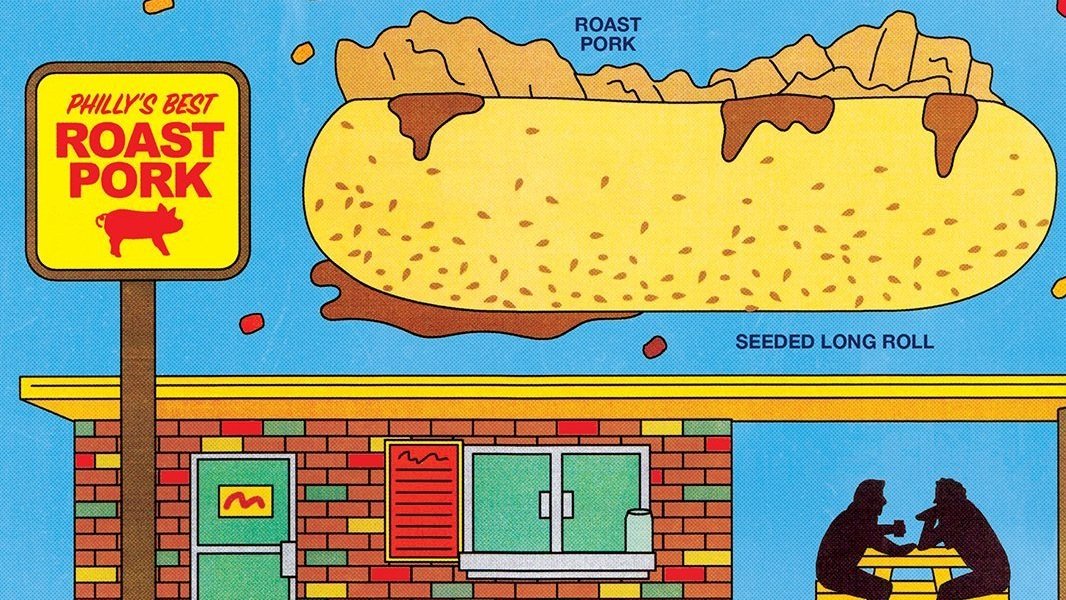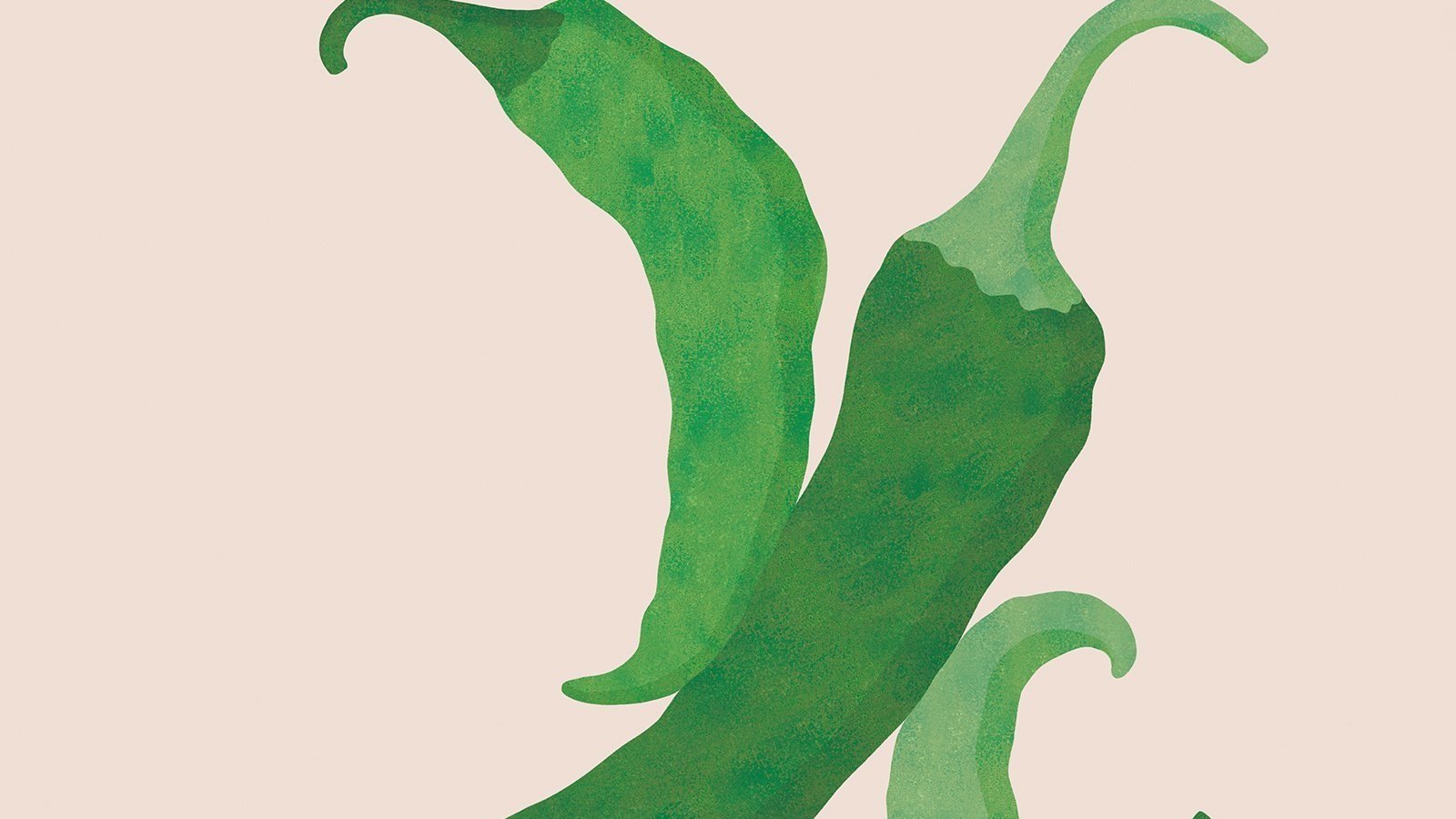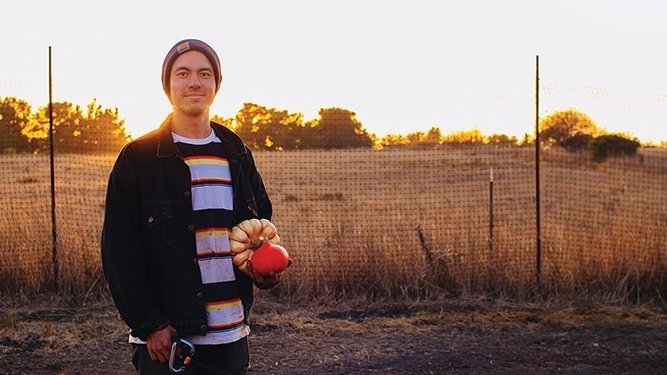Is Now The Time To Throw Cookbooks On A Bonfire?
Text by Angela Hui
Illustration by Peter Phobia
The world of cooking can be daunting and scary for beginners. There are thousands of different ingredient combinations that can affect the final outcome of a dish, and that’s without mentioning those delicate methods required to nail the preparation. Often, it’s difficult to know where to even start. TV chefs and professional food writers such as Julia Child, Nigel Slater, Martha Stewart, Jamie Oliver, and Nigella Lawson are very happy to weigh in as our culinary beacons of hope, churning out TV specials, filling up newspaper columns and guiding us in every conceivable way they know to help us produce something delicious. In the pre-digital era, the dissemination of food technique came from the mouths of a hallowed few. These food professionals have spent a lifetime opening restaurants, writing books and studying technique. They have left many sliced fingers and burnt cakes in their wake, all so you don’t have to go through the same trials and tribulations. The ultimate goal is that they become a kind of family sous-chef—someone you can lean on when it comes to housebound culinary innovation.
Pre-internet days meant that curious cooks had to either consult a cookbook, use recipes from various print clippings, or watch cooking shows on TV and take copious notes. Many of us now turn to our phones, laptops and tablets. We start by searching words such as, ‘how to, bread, proof’ and within seconds, a string of answers, stretching to the digital infinity, is laid out in front of us. There’s no doubt that technology has impacted how we cook at home, and that these food-themed YouTube channels challenge the orthodoxy of the traditional chef or recipe writer.
Even the most expansive cookbook library cannot trump the speed and sheer breadth of what the internet can provide in an instant. Cookbooks are, it must be said, unwieldy beasts, and they make it hard to find the right recipes. And there’s only so many times you can flick through the same book and choose between the same three options that you rejected the last time you flicked through. Some lack photos, which make it difficult to visualize an end product. So is it time to Marie Kondo those shelves and rid yourselves of these useless tomes?
When it comes to cooking at home, I’ll watch a YouTube video first, follow the written recipe underneath, and then tap the rewind and pause buttons in order to watch the tricky parts again. Online video has become a virtual, personal cooking assistant that walks you through the process of, say, making a sourdough loaf, the fluffiest omelettes or a three-tiered birthday cake. And technology is adapting to fulfil those needs, with “smart hubs” getting pride of place on the kitchen unit – the perfect size to watch those recipe videos while your hands are covered in oil.
From origins as a website for cute cat videos, YouTube has turned into a major home for food and cooking content. Recent statistics from video marketing insights research firm, Tubular Insights, show that food is one of the most popular video streams and account for nearly 41 billion views on the site. Food-related content has increased by a staggering 170 percent year-on-year and 71 percent of the food audience on YouTube is between 18 to 34 years old. Whether new cooks are looking for easy, instructional recipes or want to watch their favorite Japanese host make cooking demos with a poodle, there are millions of videos that cater to just about every audience.
“To me, it’s like playing a video game, whenever I upload a video online I consider the views a prize.”
Helen Le has been running her Vietnamese cooking YouTube channel Helen’s Recipes since 2011. it started as a hobby and a way to feel closer to home while she was studying in Germany—now she’s turned YouTube into a career.
“Cooking is my therapy and it’s an escape for me. I started making videos to show friends and family my cooking technique and method more visually,” she explains. “I love that I can help people cook Vietnamese dishes at home and introduce them to Vietnamese culture, as well as history through the cuisine.”
In the last eight years, Le hasn’t missed posting a weekly video, grown to just shy of 500,000 subscribers, written a cookbook, gotten deals with brands and even made appearances on TV cooking shows in Vietnam. “To me, it’s like playing a video game, whenever I upload a video online I consider the views a prize,” Le laughs. “After my channel started to receive a lot of attention, I was able to quit my full-time job in marketing and focus on turning my YouTube into a business by making money through YouTube AdSense.”
Le isn’t the only one to monetize their hobby. Husband and wife duo Hong and Kim Pham aka The Ravenous Couple have been blogging for the last 10 years, as a way to document their culinary heritage and to shine a light on traditional Vietnamese home cooking.
“Originally, we started our blog to record our family recipes because no one uses exact measurements in our family – it's always a bit of this and a bit of that,” Hong says. “Having a recorded recipe meant we could recreate dishes we grew up with and allowing others to do the same.”
Blogging is a creative outlet for the Phams from their high-pressure medical day jobs and raising two young kids, but in their spare time, they cook and write about steamed rice rolls and comforting Vietnamese soups. The couple split blogging duties equally depending on whoever has free hands to photograph, edit, cook and be the hand model. Their passion project has opened many doors and opportunities. They’ve worked with brands that align with their values and have recently started to host cooking workshops from their home with prominent Los Angeles food figures like Chinese food truck Chinese Laundry and Vietnamese street food catering company Bahn Xeo Boys.
Hong commented that “One of the most surprising and gratifying things about the blog is the responses from our readers telling us how it brings back good memories for them. We’ve met so many wonderful people along the way because of the blog or Instagram and lots of great friends for life.”
The idea of traditional media is being usurped, but YouTube and the blogosphere isn’t full of amateurs. Big media outlets are increasingly after a piece of the digital pie. Take a look at some of the YouTube big dogs like Conde Nast’s Bon Appetit, Buzzfeed’s Tasty, Complex Media’s First We Feast and Vice’s Munchies. Behind these well-oiled food empires, big brands run a tight ship to churn out bi-weekly videos and different shows that garner millions of views.
‘It’s Alive’ with Brad Leone on Bon Appetit, for example, sees a regular test kitchen employee turned host who teaches viewers about fermentation. What would’ve been a dull cooking tutorial is sprinkled with personality, fun human interaction with others and mistakes purposely left in to show a relatable side that they’re not always perfect when it comes to cooking too.
Many amateurs and food professionals collaborate with other channels to maximize viewings and clickbacks to their own channels. Using Brad as an example again, he recently took on the spicy wings challenge on First We Feast’s ‘Hot Ones’ and invited Matty Matheson from Vice’s Munchies on his show to go catfish noodling together. What YouTube has done is given the tired, staged TV cookery shows a new lease of life and transformed shows into exciting, fresh content that’s neatly packaged for millennial and Gen Z audiences. Although, this has made us constantly hungry for more and that insatiable need can have a downside.
“There’s a lot of pressure when you put yourself out there,” explains student and part-time YouTuber Hailey Jiho who has been making recipe tutorial videos for the last four years. “Negative comments online can be quite hurtful and can bring my mood down for the whole day. This is a creative job, so I understand I have to think about new ideas and outside the box, which can result in burnout from being switched on all the time.”
She admits that she didn’t receive any formal culinary education, but did a pastry short course when she was in middle school. “I’ve been interested in baking and cooking ever since. I do mostly everything myself, I film, I edit, I research, I plan, I cook. I'm a one-woman show. It takes a lot of trial and testing when it comes to developing a recipe,” she explains. “My videos are a good source of extra side income, but I want to keep my studies and YouTube life separate because I don’t want to make it my life and stress out about it. I mainly do it for fun and because it makes me happy.”
It’s easy to see the appeal of watching normal people make a recipe from scratch like mum or dad used to. DIY food videos provide an escape from everyday life and invite viewers into their world, offering a sense of comfort and an antidote to loneliness. For me and like many others around the world, cooking is therapeutic and a great way to help calm anxieties. You’re forced to focus on the task at hand to reach a productive end goal and it’s a chance to lock yourself away from the world.
I’ve made plenty of bread recipes from YouTube in the past including sourdough loaves, focaccias and pizza bases, but I fancied a challenge and wanted to try something new. I set aside a weekend to attempt one of Le’s videos to learn how to make her bánh mì recipe.
Le begins by sitting down talking to the camera. The face-to-face approach means there’s a casual element involved, as if a friend is sharing her method and explains exactly what you need to do. She shows off the finished product, pulling apart the baguette to demonstrate the texture, the crust, and the color.
The problem I’ve found when attempting to follow in the steps of a lot of these online cooking tutorials is that they sometimes lack communication and quality of the recipe. It’s hard to show the viewer what they should be looking for in terms of feel, taste and smell. More so in bread making, it’s difficult to explain to viewers without them actually being there to get a feel for things themselves – How long do you have to knead for? Is it right for dough to be this wet? What happens if I overproof?
More questions can arise throughout the process, but more often than not the descriptions within the video won’t have enough information or have missing measurements, which can be incredibly frustrating when you’re in the middle of a step, but feel like you’re at a fork in the road and don’t know which direction to take.
But, that’s the beauty of online. You can get answers to your questions almost instantly from the creator and other members of the community that have already tried the recipe and left comments. It’s a space to share tips, improvements and thoughts. Bread making can be deceptively easy because of the ingredients involved, which mainly consist of flour, water, yeast and salt, but it takes time and practice to master. More often than not, you’re not going to get it right first time around, so practice really does make perfect.
After almost two days of kneading, proofing, resting, shaping and baking, my crispy baguette babies look like something that resembles bread, while they’re certainly not perfect, they’re my handmade babies.













